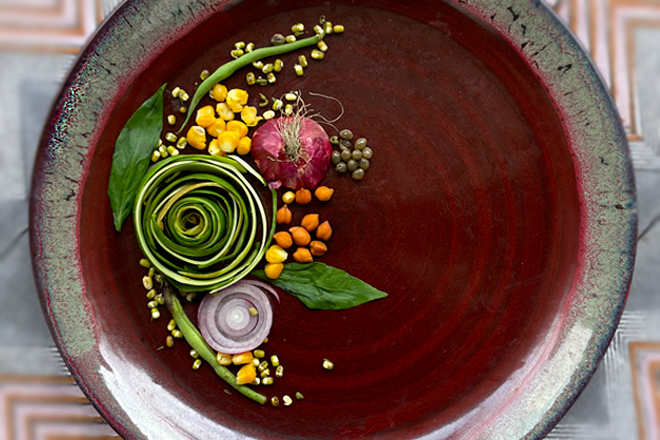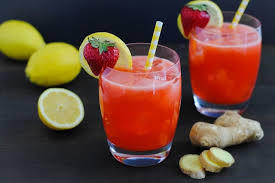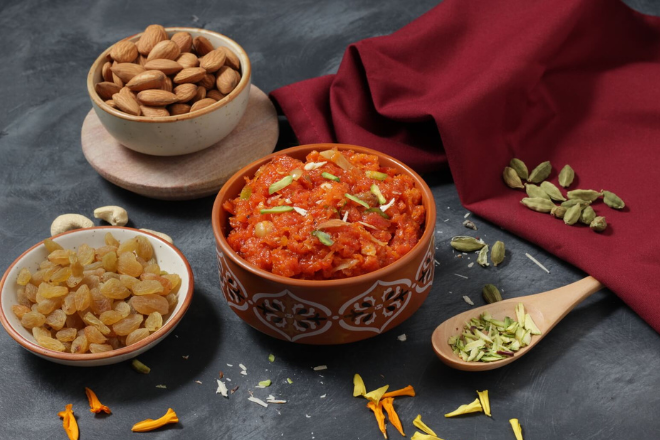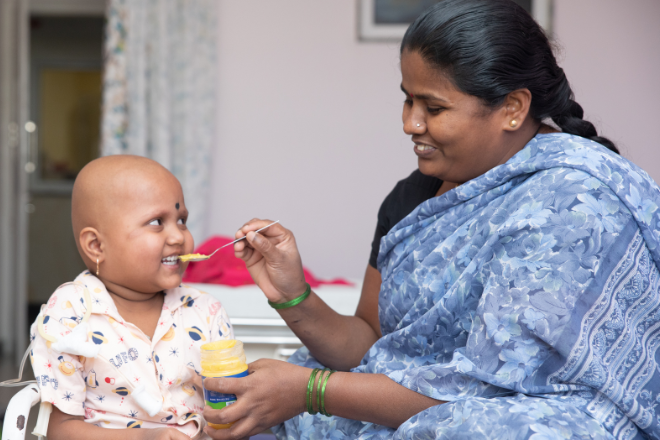Food prices are approaching an all-time high. Climate change affecting food production has aided this increase over time. However, the covid pandemic and, more recently, the war in Ukraine have precipitated an almost overnight surge in food prices and pushed global food inflation sharply. With no end seen to the war and with steep rises in fertiliser prices, it is anticipated that food prices may increase even further.
So, get ready to practice Zero-Waste Cooking!
Trust me, the little moral boost you feel with every little new way of saving ingredients from the bin is totally worth it. What’s more is that it also helps your wallet cope with price rises. The simple principle — Aim to throw away as little food as possible when cooking and eating.
Getting started with a zero-waste kitchen is as simple as applying the principles of Reduce, Recycle and Reuse. This blog shows how new life can be infused by reusing kitchen scraps (customarily thrown away) to create nutritious and lip-smacking dishes.
Watermelon Rinds
After the red part of the watermelon is used, the rind, which comprises the white portion and the green peel, is usually thrown away. But did you know that this portion contains large amounts of fibre and an essential amino acid called citrulline? The white part of the rind is not just used to make tutti-frutti to top desserts with, but also to create savoury dishes. You can grind this along with dosa batter and create watermelon rind dosas. However, if you want a curry to accompany your rotis, here is a recipe you’ll love.
Watermelon Rind Sabji
Add 2 tsp of oil to a hot pan and add 1 tsp of mustard seeds and ¼ tsp of fenugreek (methi) seeds. When the methi seeds turn red, add a roughly chopped green chilli, an inch of chopped fresh ginger, and 4 cups of the chopped watermelon rind. You can peel off the green skin and add only the white part if you don’t want a rough texture. Add 1 tsp of turmeric powder, 1/2 tsp of chilli powder and salt. Saute well. Add a splash of water and cover with a lid till the rind becomes tender. Then add 1 tsp of coriander powder, cumin powder and garam masala powder. Stir fry till the raw powders get cooked and absorbed by the watermelon rind pieces. To finish off, squeeze half a lime and finely chopped coriander leaves.
Snake Gourd Pulp and Seeds
Hands up if you usually tip the white part at the centre of the snake gourd into the trash can. Newsflash! – In tender snake gourds, even the seeds are soft and edible, and the pulp and seeds can be used to make a lip-smacking sour and spicy chutney or thogayal. This is made in Tamil Nadu and is served with hot rice or dosas or idlis.
Snake Gourd Pulp & Seeds Chutney
Lightly saute 1 cup of the pulp and tender seeds (or just the pulp if the seeds are hard) in 1 tsp of sesame oil or any cooking oil with some salt. Keep aside. In the same pan, roast 1 tbsp of channa dal and 1 tsp of urad dal in some oil till golden brown. Add a couple of red chillis, 1 tbsp of fresh coconut (if available) and 1 marble-sized piece of tamarind. Grind this along with the sauteed snake gourd pulp coarsely. Add 1 tsp of jaggery to balance out the acidity of the tamarind, and add a seasoning of mustard seeds, methi seeds and curry leaves.
Ridge Gourd Skin
Yes, I’m serious. Chutney or thokku pachadi made out of the skin of the ridge gourd is a delicacy from Andhra Pradesh, and it’s an absolute winner. Make sure that you clean the skin really well. You can even wash it well in water with a bit of baking soda or vinegar to strip off pesticide residues if the produce is not organic. Take off the peel at the ribs of the ridge gourd, as this part is not edible.
Ridge Gourd Skin Chutney
1. Saute 1 cup of ridge gourd skin in 1 tsp oil for 3-4 minutes on high heat and keep aside.
2. Add 1 tsp of oil to the same pan and fry 3 tbsp of peanuts.
3. When the peanuts turn brown, add 3-4 garlic cloves, 2 green chillis and 1 tsp jeera.
4. Saute for a minute and turn off the flame.
5. Grind all of this together coarsely and flavour it with lemon juice.
6. Season this with mustard seeds, urad dal, a pinch of asafoetida, and some curry leaves sauteed in a tsp of oil.
Bread Loaf Ends and Crusts
How many of you don’t know what to do with the end slices of a bread loaf or the crusts sliced off when making a sandwich. Instead of throwing them away, convert them into breadcrumbs. Store the ends and cut-off crusts in a ziplock bag in your refrigerator. When the bag fills up, roughly shred them by hand and then pulse them in your food processor. Voila! You have breadcrumbs that can be used to coat a cutlet or top a baked pasta dish. You can always make a nutritious upma that is a winner with children.
Bread Upma
Heat 1 tbsp of cooking oil and add peanuts, mustard seeds and urad dal. When the peanuts and urad dal turn red, add chopped onion. Add 1 tsp of turmeric and red chilli powder. Saute for a minute. Add chopped capsicum, shredded carrots and sweet corn kernels. Add as much vegetables as you want. Saute with a little bit of salt. The breadcrumbs will already have salt, so do not add too much. When these are cooked, add 2 cups of breadcrumbs made from the leftover bread pieces. Mix well, sprinkle a handful of water and mix again. Lower the flame and close with a lid for about 5 minutes. Switch off and add a squeeze of lemon and some chopped coriander leaves.
Lemon Peels
We squeeze, and we throw. But did you know that you can dry them in the sun, powder them and make yourself a face pack? However, if you don’t have the time to do this and would prefer a food hack over a beauty hack, the tip below is for you.
Pickled Lemon Peels
Keep placing used lemon peels in a clean glass bottle as and when you use them. Add 1 tsp of salt now and then as the pile grows, and give it a good shake once in a while. Ensure that the lemon peels are washed well but don’t have any water on them, and take off the seeds. You will have a bottle full of pickled lemon peels in no time, which you can use to make sweet lime murabba or spicy lemon pickles. This was a hack shared by a neighbour about 10 years back, and over the years, I think I would have made about 15 kilos of preserved lemon peels using this trick.
Split Milk
You’ll thank me for this one. The moment you start hearing weird noises when you’re heating up the milk, you know what bound to happen. The milk’s temperature or a change in the pH of milk can cause the milk to separate out. Most times, it makes its way into the drain. The next time this happens to you, stop, breathe, and try some of these food jewels. Continue heating the milk and if it has not split properly, help it along by adding 1-2 tbsp of lemon juice. Drain the liquid whey and the solid lumps (also called curds) into a muslin cloth. Wash the curds with cold water to remove the whey. Now use the curd as paneer or to make:
Cream Cheese
Add some salt and pulse the curds in a food processor till smooth. Yes…it is as simple as that! You can add seasonings to make a herbed cream cheese or chopped fresh celery, onion and grated carrots to create vegetable cream cheese.
Gur Kalakand
Add 100 ml of milk and stir in ¼ cup of palm jaggery. Heat on a low flame and stir till jaggery dissolves. Add the curds from 1 litre of milk and continue stirring till the mixture thickens and comes together (about 10-15 mins). Add slices of pistachios, almonds and ¼ tsp of cardamom powder. Combine well. Transfer to a plate greased with ghee. Pat into a thick block and cut into square pieces when the mixture cools down.
Excited about the prospects? Once you get started, you’ll find newer and more unexpected ways to save perfectly good food from going to waste. Vegetable stock can be prepared with peels of onion, garlic, carrots, red pumpkins, coriander stems, etc. This stock can be used to flavour pulavs, sambar, dals or soups. Parts of certain vegetables, such as cauliflower greens, are high in iron content and can be easily turned into a side dish. Potato and beetroot peels can be made into crunchy chips and raw banana peels into a scrumptious curry.
With sustainability being the keyword, there is a global push to reduce waste, and this rightly starts in the kitchen. The internet has a lot of resources that help us achieve the zero-waste goal. Even composting the non-edible parts of foods right at your home can help achieve this goal and keep organic waste out of landfills. Using the compost to grow flowers or your own food can further ease the burden on your wallet.
Do you already practice zero-waste cooking? Share your ideas with us at cicn@cuddlesfoundation.com. To support our work and help take our FoodHeals Program to children in need of life-saving nutrition, head here.
Written by:
Dr. Sripriya Venkiteswaran (Ph D. Nutritional Sciences)
Content Consultant: CICN





